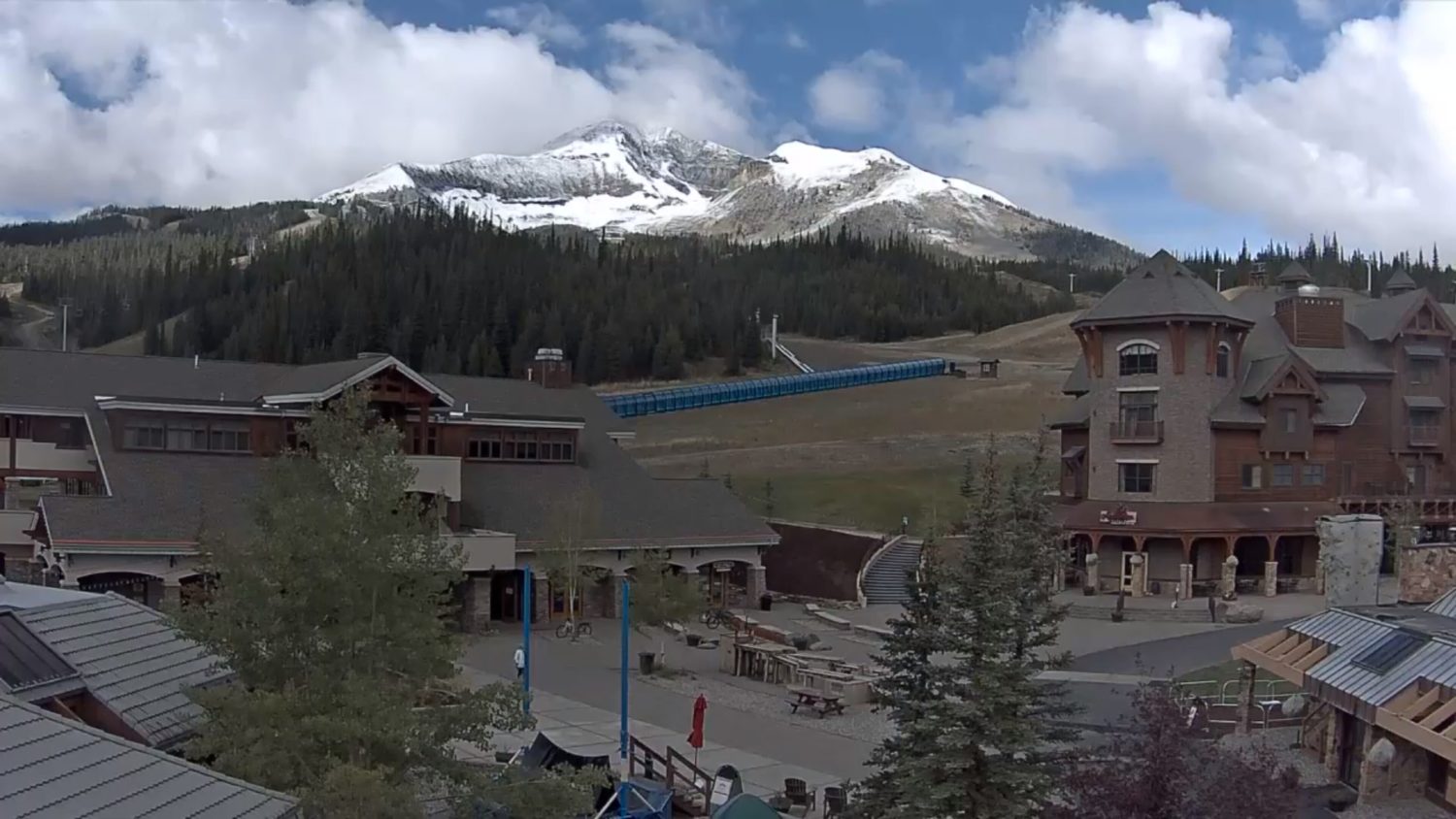This article’s text was originally shared on weather.gov
Flash floods are the #1 weather-related killer in the United States.
Several factors contribute to flash flooding. The two key elements are rainfall intensity and duration. Intensity is the rate of rainfall, and duration is how long the rain lasts. Topography, soil conditions, and ground cover also play an important role.
Flash floods occur within a few minutes or hours of excessive rainfall, a dam or levee failure, or a sudden release of water held by an ice jam. Flash floods can roll boulders, tear out trees, destroy buildings and bridges, and scour out new channels. Rapidly rising water can reach heights of 30 feet or more. Furthermore, flash flood-producing rains can also trigger catastrophic mudslides. You will not always have a warning that these deadly, sudden floods are coming. Most flood deaths are due to flash floods.
Most flash flooding is caused by slow-moving thunderstorms, thunderstorms repeatedly moving over the same area, or heavy rains from hurricanes and tropical storms.
Occasionally, floating debris or ice can accumulate at a natural or man-made obstruction and restrict the flow of water. Water held back by the ice jam or debris dam can cause flooding upstream. Subsequent flash flooding can occur downstream if the obstruction should suddenly release.
PLAN AHEAD:
Identify where to go if told to evacuate. Choose several places…a friend’s home or a motel in another town, or a shelter.
GO TO HIGHER GROUND!
Know your area’s flood risk. For information, call your local National Weather Service office, Red Cross chapter, or local emergency management agency. Check your homeowner’s or renter’s insurance. Homeowners’ policies do not cover flooding. Contact your insurance agent to find out how to get flood insurance.
Even 6 inches of fast-moving flood water can knock you off your feet, and a depth of 2 feet will float your car! Never try to walk, swim, or drive through such swift water. If you come upon floodwaters, STOP! TURN AROUND AND GO ANOTHER WAY.




